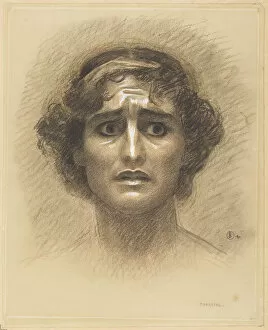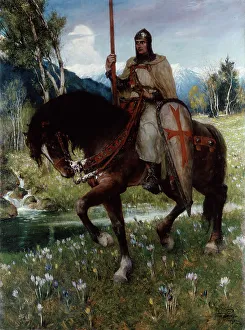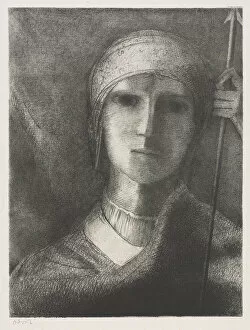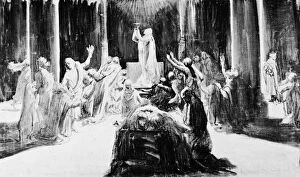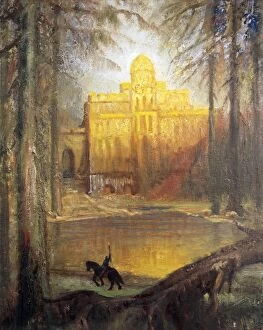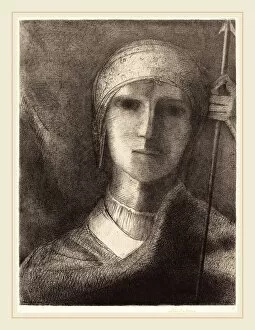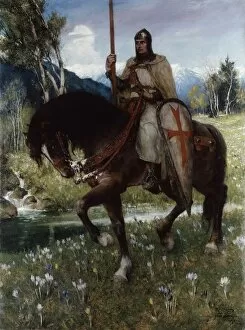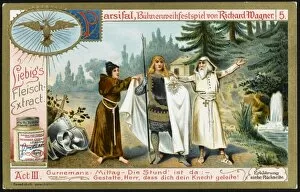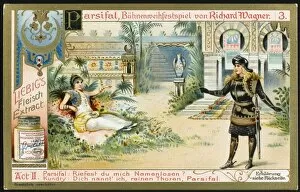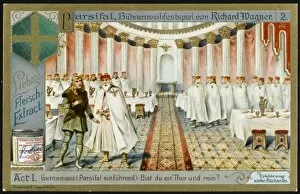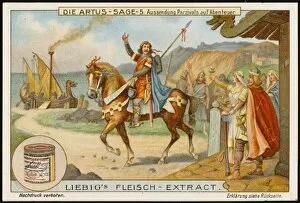Parsifal Collection (#2)
"Parsifal: Richard Wagner's Magnum Opus Unveiling the Quest for Redemption" Step into the enchanting world of "Parsifal
All Professionally Made to Order for Quick Shipping
"Parsifal: Richard Wagner's Magnum Opus Unveiling the Quest for Redemption" Step into the enchanting world of "Parsifal, " a timeless masterpiece composed by Richard Wagner, one of Germany's most influential musical geniuses. Inspired by medieval legends and chivalry, this opera takes us on an extraordinary journey through love, temptation, and spiritual enlightenment. In 1894, French artist Le chevalier aux fleurs (The Knight of the Flowers) captured the essence of this epic tale in a captivating oil painting titled "The Temptation of Sir Percival. " The artwork beautifully portrays the internal struggle faced by Parsifal as he encounters Klingsor's Castle, a place teeming with seductive illusions. Bayreuth in Germany witnessed another artistic marvel when scenic designer created a breathtaking vision for the Temple of the Holy Grail during Parsifal's first act. This awe-inspiring set design transported audiences to an ethereal realm where faith and divine intervention intertwine. Liebig cards from 19th-century Europe further immortalized Parsifal's legend with their exquisite illustrations. Liebig 6 depicts our hero holding aloft the Holy Grail itself while Liebig 1 captures his valiant spirit amidst a backdrop reminiscent of Klingsor’s Castle. Wagner himself envisioned every detail within this grand opus. His dedication to storytelling is evident as he masterfully weaves together themes like redemption and spirituality throughout each act. With Parsifal at its core, Wagner invites us to reflect upon our own journeys towards self-discovery and salvation. This profound narrative finds its roots in Wolfram von Eisenach’s romantic poem Parzival. Medieval German poet Wolfram dictated his poetic masterpiece that would later inspire generations to come with its tales of honor, bravery, and quest for meaning. A Design for a Motif from Parsifal showcases yet another facet of this captivating tale.

